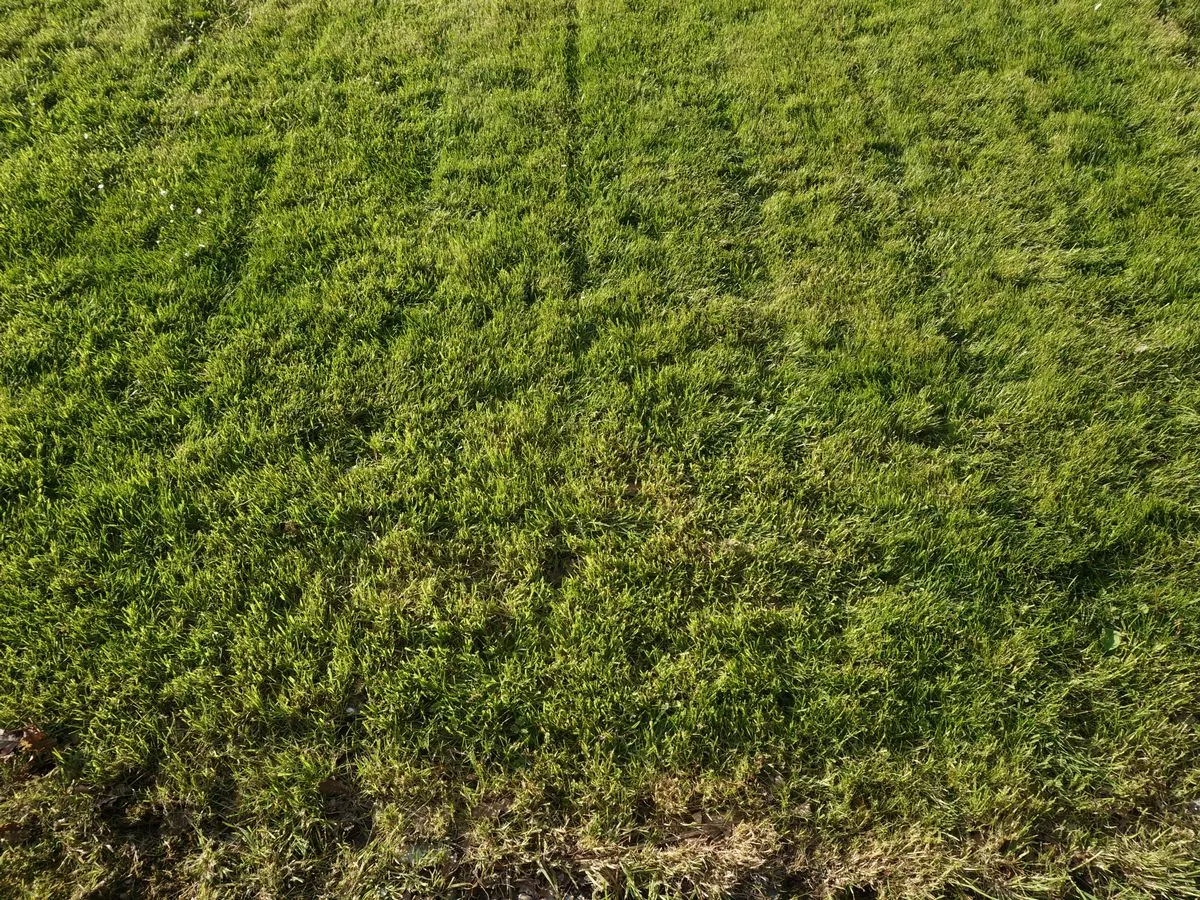UK households urged to do one simple gardening task now to keep lawns free from weeds and moss
By Angela Patrone,Phoebe Jobling
Copyright manchestereveningnews

UK households are being urged to carry out one simple gardening task now to keep lawns green and free from weeds and moss. As we approach autumn, a time when weeds thrive and moss typically flourishes, lawns could do with some extra attention. Kate Turner, a horticultural expert and gardening specialist from Love The Garden, has warned that weeds are a common nuisance for lawns. Meanwhile, moss is an indicator of poor lawn health due to issues such as inadequate drainage, excessive shade, nutrient deficiency, overly short grass cutting, or constant foot traffic. Sign up to our Manchester property newsletter here “Moss in lawns is a sign that there is an underlying problem with the lawn. This can be caused by any of several factors, including poor drainage, shade, lack of fertiliser, [the] grass [being] cut too short or heavy foot traffic,” Kate explained. However, she reassures that there’s a straightforward solution to get rid of weeds and moss, which also prevents moss from reappearing. Scarifying your lawn is a method designed to remove the thatch layer that gradually builds up between the soil and grass on a lawn. Thatch consists of various organic materials, including dead grass, plant roots, leaves, and other garden debris, which can obstruct water, oxygen, and nutrients from reaching the soil, leading to numerous lawn problems. Thatch can cause a host of problems, including poor drainage, hindered root growth, soil compaction, uneven grass coverage, increased susceptibility to pests, and the establishment of weeds and moss on your lawn, reports the Express . Scarifying, or raking across the grass in spring and autumn, is a simple way to remove excess thatch and pull out weeds. “If the moss and weed problem is mild, it may be possible to get on top of it by simply scarifying and then improving the overall health of the lawn with regular lawn care to stop the moss and weeds from coming back,” Kate advised. She added: “Always mow before scarifying and try not to be too vigorous in spring, only scarify until you can see soil underneath.” While scarifying is effective, it does tear the grass plants, leaving a bit of a mess. To rectify this, overseeding is recommended. Overseeding involves spreading fresh grass seed over an existing lawn to enhance its health and greenness. This method also helps to increase density, covering bald patches that could otherwise become home to weeds and moss. To overseed, simply scatter the seeds by hand and rake them into the soil – this ensures the seeds make good contact with the earth, which is necessary for germination. Although it’s not essential to cover the seeds with soil, it is important to apply pressure to the seeds to ensure they adhere to the soil and germinate. Once the seeds are embedded into the soil, a light watering is required. It’s more beneficial to water lightly three or four times a day rather than heavily once a day. Join the Manchester Evening News WhatsApp group HERE



